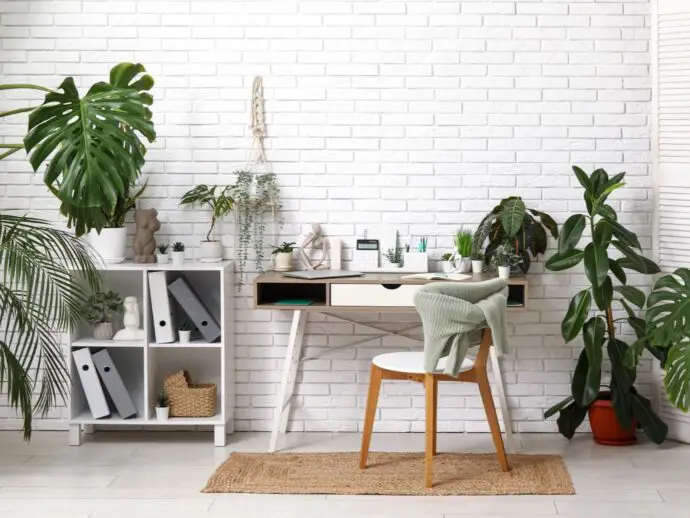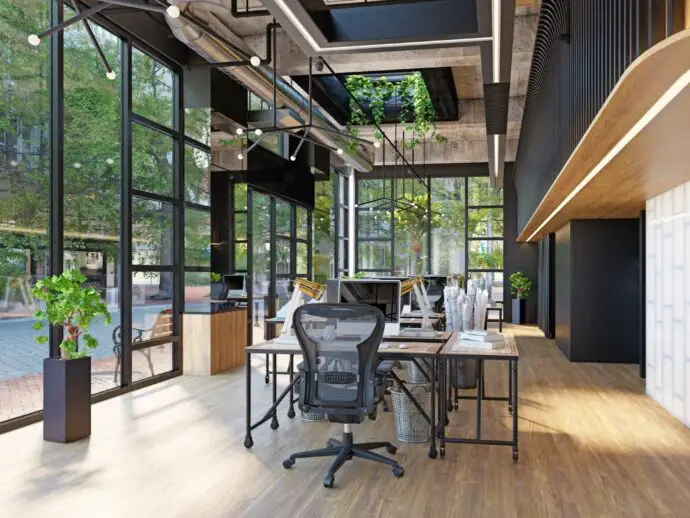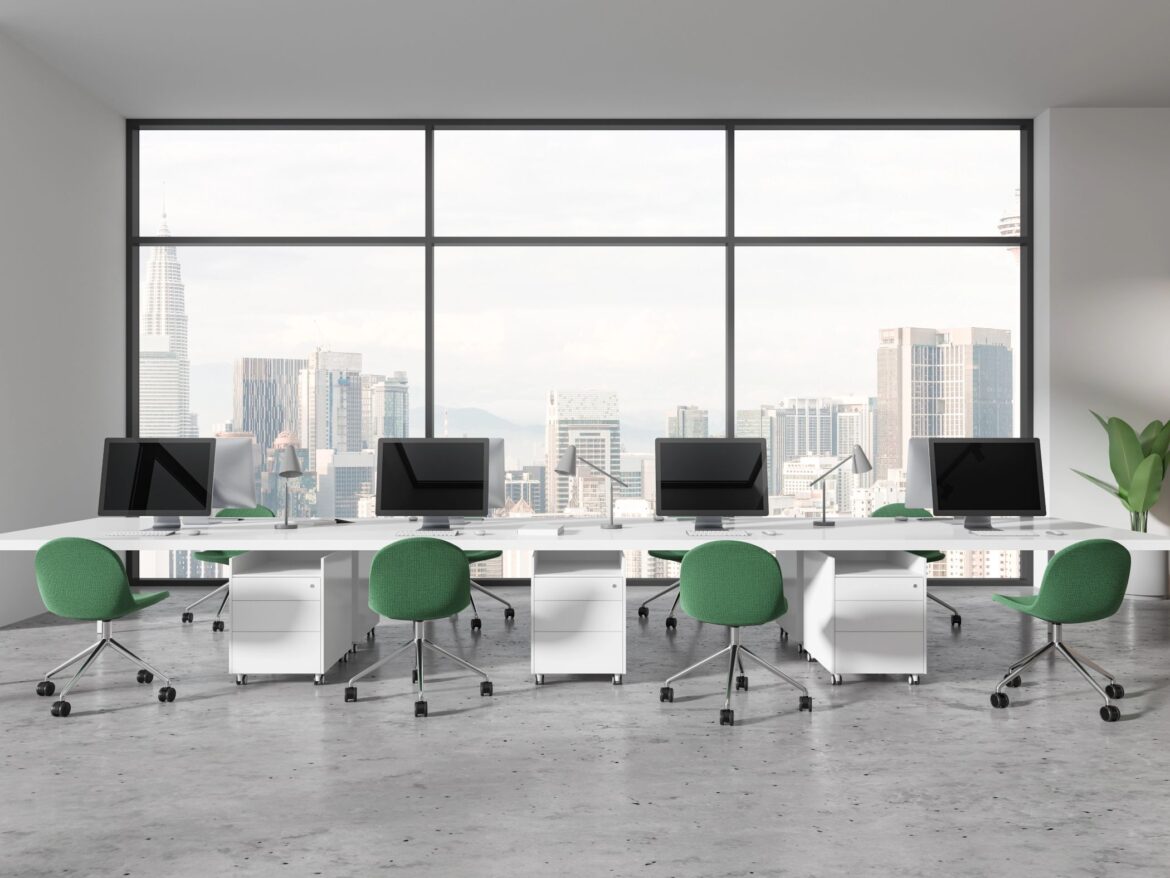In today’s dynamic work environment, the design of office spaces plays a pivotal role in influencing employee well-being, productivity, and overall satisfaction. As organisations strive to create environments that foster health and efficiency, innovative office design has emerged as a key factor in achieving these goals.
One significant aspect of modern office design is the incorporation of sustainable elements that not only benefit the environment but also enhance the comfort and health of employees. For instance, integrating energy efficient windows Vancouver into office buildings can significantly improve indoor air quality and natural lighting, contributing to a more pleasant and productive workspace.
The Impact of Architectural Elements on Employee Well-being
Architectural features such as windows and doors are more than mere structural components; they are integral to creating a conducive work environment. The installation of new windows and doors can lead to better insulation, reduced noise pollution, and enhanced natural light, all of which are crucial for employee comfort and focus.
Natural light, in particular, has been linked to improved mood and energy levels among employees. A study by the World Green Building Council found that office design significantly impacts the health, well-being, and productivity of staff, with access to daylight being a critical factor.
Ergonomics and Flexible Workspaces
Ergonomic furniture and flexible workspace arrangements are essential components of office design that support employee health. Adjustable chairs, sit-stand desks, and modular workstations allow employees to customize their work environment to their individual needs, reducing the risk of musculoskeletal disorders and increasing comfort.
Moreover, flexible workspaces that accommodate various work styles—such as collaborative areas, quiet zones, and breakout spaces—can enhance employee satisfaction and productivity. According to the U.S. General Services Administration, flexible workplace design promotes occupant comfort and can lead to improved performance.

Incorporating Biophilic Design Elements
Biophilic design, which involves integrating natural elements into the built environment, has been shown to reduce stress and enhance cognitive function. Incorporating plants, natural materials, and views of nature into office spaces can create a calming atmosphere that supports mental well-being.
For example, living green walls and indoor gardens not only improve air quality but also provide visual relief from the typical office setting. These elements can lead to increased creativity and reduced absenteeism among employees.
The Role of Air Quality and Ventilation
Indoor air quality is a hugely important consideration when it comes to the health and productivity of staff. Poor ventilation can lead to the accumulation of pollutants, resulting in discomfort and health issues. Implementing advanced HVAC systems and ensuring regular maintenance can significantly improve air quality.
Additionally, the use of low-emitting materials and finishes in office construction can reduce the presence of volatile organic compounds (VOCs), contributing to a healthier indoor environment.
Lighting Design and Circadian Rhythms
Proper lighting design is essential for maintaining employees’ circadian rhythms, which regulate sleep-wake cycles and overall health. Exposure to natural light during the day can enhance alertness and mood, while appropriate artificial lighting can support productivity during darker hours.
Implementing tunable lighting systems that adjust colour temperature throughout the day can mimic natural light patterns, helping to maintain circadian alignment and reduce fatigue.

Acoustic Comfort and Noise Management
Noise levels in the workplace can significantly affect concentration and stress levels. Incorporating sound-absorbing materials, acoustic panels, and strategic space planning can mitigate noise distractions.
Designing quiet zones and providing noise-cancelling options can further enhance acoustic comfort, allowing employees to focus and perform tasks efficiently.
Technology Integration for Smart Workspaces
Integrating technology into office design can streamline operations and support employee well-being. Smart building systems that monitor and adjust lighting, temperature, and air quality in real-time can create a responsive environment that adapts to occupants’ needs.
Additionally, providing employees with access to collaborative tools and digital platforms can facilitate communication and flexibility, essential components of a modern, healthy workplace.
Enhancing employee well-being through office design innovations is a multifaceted approach that encompasses architectural elements, ergonomics, biophilic design, air quality, lighting, acoustics, colour palette, and technology. By thoughtfully integrating these components, organizations can create work environments that not only support health and productivity but also reflect a commitment to sustainability and employee satisfaction.
Investing in such design strategies is not merely an aesthetic choice but a strategic decision that can lead to improved performance, reduced turnover, and a more engaged workforce.



